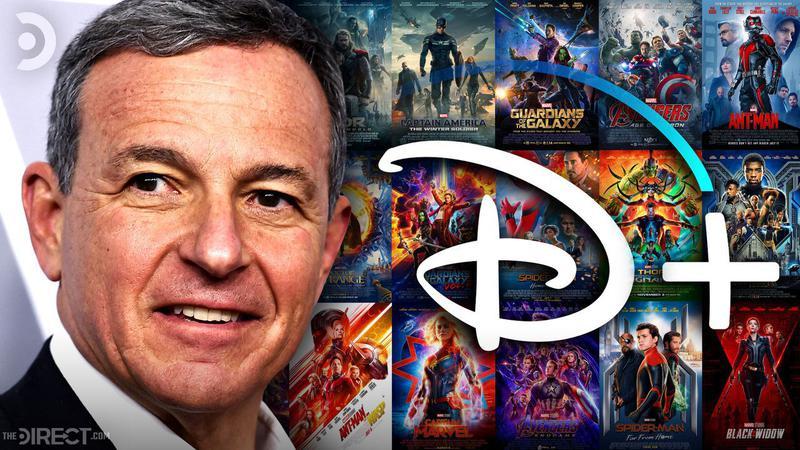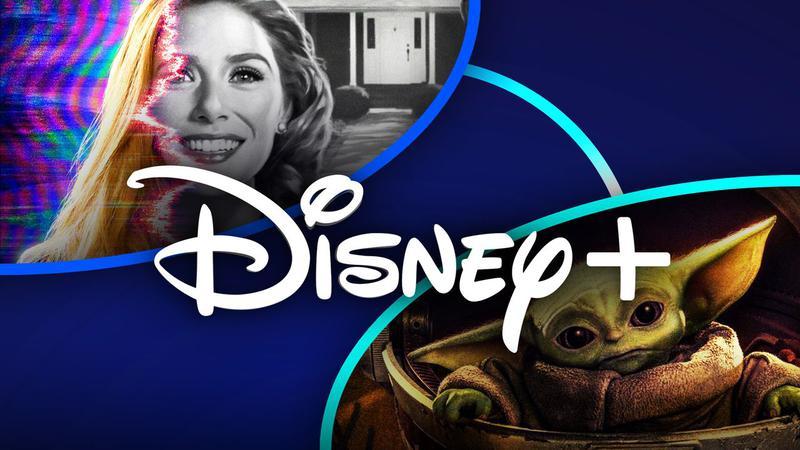
Former and current Disney CEO Bob Iger recently highlighted the company's core brands (including Marvel and Star Wars), focusing on franchises' importance but also how they can reduce costs in the future.
In late November it was announced that Bob Iger, who was Disney's CEO from 2005-2020, would replace his successor Bob Chapek, effective immediately.
The news shocked the entertainment world and will be remembered as one of Disney's most out-of-character moves. Chapek wasn't seen as the future of the company and Iger's return will not only focus on helping the company presently but pass the baton (once again) to a worthy successor.
Early February's Disney earnings call shed some light on some key facts: the company is firing 7000 employees, Disney+ dropped millions of subscribers (mainly due to losing the rights to the Indian Premier League (cricket)), and Iger proclaimed the House of Mouse is "embarking on a significant transformation."
Bob Iger Revamping Strategies for Marvel, Star Wars

After Disney's recent quarter-one earnings call, Disney CEO Bob Iger spoke about the company's previous missteps in relation to pricing, chasing Disney+ subscriptions, and reducing overall costs.
Iger emphasized the marquee brands and franchises of Disney. Pixar, Marvel, and Star Wars were all mentioned, all of which were unsurprisingly acquired by Disney during Iger's initial 15-year run as CEO.
When discussing those franchises, including James Cameron's Avatar, Iger said, "...we've had higher returns on those businesses over the years. So that makes a lot of sense."
The CEO was clear in expressing his goals: "We have to be better at curating" all of the company's most popular brands in theaters and on Disney+. The proof is in the pudding, as Toy Story 5, Frozen 3, and Zootopia 2 were all recently announced to be in production.

Additionally, Iger said the budgets for projects on the small and big screens have gotten "extraordinarily expensive."
He's not lying, with Black Panther: Wakanda Forever reportedly costing $250 million to make and Harrison Ford's return in Indiana Jones and the Dial of Destiny coming to a nearly $300 million price tag (the most expensive film in Lucasfilm history).
When Disney+ first launched in late 2019, reports swirled that each installment of The Mandalorian had a budget of approximately $15 million, while Marvel's shows like WandaVision and Hawkeye would budget "as much as $25 million per episode." It's unlikely these costs decreased for these franchise's marquee series during the pandemic.
A recent report by The Hollywood Reporter directly aligned with the beliefs Iger expressed at the earnings call. The news indicated that Disney will be slowing the rate of Marvel Studios Disney+ projects and that the only shows guaranteed to release this year are Loki Season 2 and Secret Invasion.
This lines up with another sentiment Iger shared on February 8 about the desire to continually grow Disney+'s subscriber count, but to "be more judicious about how [they] do that."

He wasn't shy that this mindfulness with streaming would also come with reducing the company's costs for its biggest brands, including Marvel, Star Wars, and Pixar: "We’re going to look carefully at pricing. We’re going to reduce costs, both in content and of course, infrastructure."
The CEO described the current streaming wars as a "global arms race subscribers" and admitted that, while the subscription count has become the leading measurement for streaming success, Disney "might have gotten a bit too aggressive in terms of [its] promotion."
Since taking over it is clear that Iger is re-evaluating the entire business plan of streaming. The budget for shows and promotional marketing will likely be reduced while pricing for the service may continue to be tweaked.
Disney+ recently launched an ad-supported version of the service for $7.99/month and the standard ad-free version jumped to $10.99/month.
The streaming wars are entering a new era, focusing more on making money (crazy concept) rather than racking up a country's population worth of subscribers.
Streaming Wars Re-Imagined

Bob Iger isn't the only media leader to see that the production costs and overall spending towards streaming aren't a good business.
Warner Bros. Discovery's (WBD) CEO David Zaslav's main goal since taking over post-merger has been cutting costs. During WBD’s third-quarter earnings call last November, the company said it wants to save $3.5 billion over the next three years.
Some DC fans have already felt the effects of WBD's cost-cutting when Batgirl was reportedly deemed "not releasable" and was entirely scrapped back in August 2022.
Netflix has also adjusted its strategy after a rough 2022 in terms of its stock value. The top-dog streamer has cracked down on password-sharing and added an ad-supported subscription at a lower price point.
There are also plenty of massive bundling moves that are already in the works or ripe with potential to be made. HBO Max and Discovery+ are combining this Spring, Paramount+ is folding in Showtime, and Disney could possibly create a super-streamer with its bundle package, or sell off a service like Hulu (of which they own 66%).
All of this is in an effort to not only raise the number of subscribers but in turn generate some profit.
Marvel and Star Wars' Effect on Disney+

While The Mandalorian really jump-started Disney+ as a competitive streaming service that isn't just useful for children or watching all of the vaulted animated films, these types of series cost a lot to make.
The return on investment is totally different with direct-to-consumer services than it is with wide-release films in movie theaters. Series are just one of many drawing in recurring customers every month, while a film is very individualized (blockbuster hits and studio-crushing bombs).
In theory, having tens of millions of people on the hook every month sounds like a wonderful idea, but not when Disney lost $1.5 billion on direct-to-consumer in the third quarter of 2022, mainly due to Disney+ production and marketing costs.
In 2022, Marvel released three shows and two specials on Disney+ while Star Wars launched one animated and two live-action series.
The fine line between leaving more into these brands while also becoming profitable will likely see fewer shows being made for streaming, more attention on films released worldwide, and overall less content for fans to watch.












